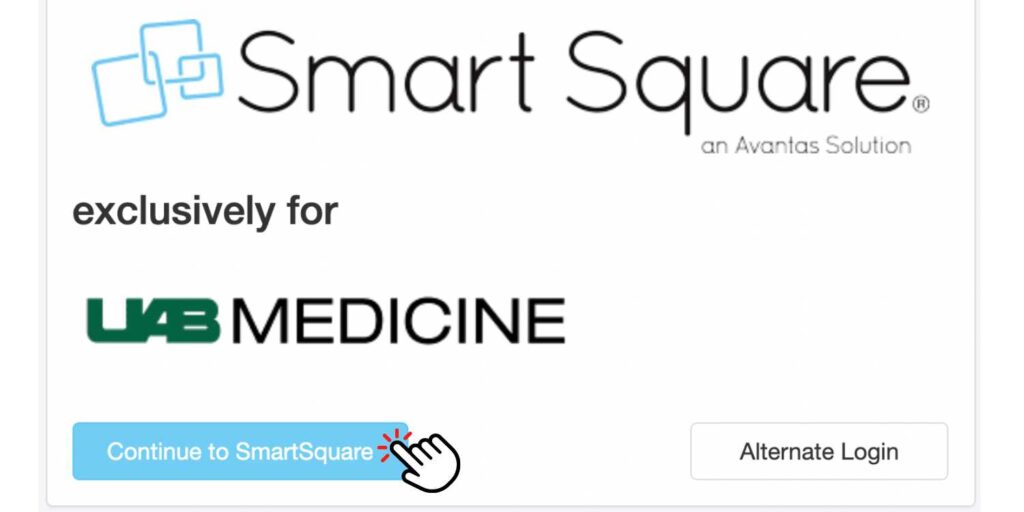The healthcare industry is one of the most complex fields when it comes to workforce management. With a constant influx of patients, varying shifts, and the need for efficient staff allocation, effective scheduling can make or break a healthcare facility’s operations. This is where UAB Smart Square steps in—a cutting-edge workforce management system tailored specifically for healthcare organizations like the University of Alabama at Birmingham (UAB).
In this article, we’ll examine UAB Smart Square, its workings, benefits, and why it has become such a valuable tool for healthcare institutions. If you’re curious about what makes this platform stand out or how it can improve operational efficiency in the medical field, read on.
What is UAB Smart Square?
UAB Smart Square is a cloud-based scheduling and workforce management tool primarily used in healthcare settings. It was developed with the specific needs of hospitals and healthcare providers in mind. It allows managers and administrators to oversee staffing levels, manage shifts, and ensure that the right people are in the right place at the right time.
Unlike generic workforce management tools, UAB Smart Square integrates features that are vital in a healthcare environment. It provides visibility into staffing gaps, tracks employee availability, and allows for real-time updates. Managers can also track employee credentials and compliance, ensuring that all team members are qualified for their roles.
But UAB Smart Square isn’t just about creating schedules. It helps balance workloads, minimize overtime, and streamline the overall scheduling process. By automating many of the manual processes that healthcare organizations typically struggle with, it ensures that the facility runs smoothly and efficiently.
Key Features of UAB Smart Square
Real-Time Scheduling:
One of the standout features is its ability to manage scheduling in real-time. Staff members can log in to view their schedules, pick up open shifts, or request time off, all within the platform.
Predictive Analytics:
The tool leverages data to predict future staffing needs based on trends and historical data. This means fewer last-minute staffing shortages and better preparation for peak times.
Customizable Dashboards:
Every facility is different, and Smart Square offers customizable dashboards that allow managers to focus on the metrics that matter most to their specific department.
Mobile Access:
Employees and managers can access the platform from any device, making it easier to check schedules, make adjustments, or update their availability on the go.
Compliance Tracking:
UAB Smart Square helps healthcare organizations stay compliant with industry regulations by tracking necessary certifications, licenses, and employee credentials.
Why is UAB Smart Square Important?
The fast-paced nature of the healthcare industry requires that staff schedules are always up-to-date and adaptable. With UAB Smart Square, healthcare facilities have the tools they need to not only create but also maintain effective schedules. Here’s why it’s crucial for healthcare organizations:
Enhancing Staff Efficiency
When healthcare providers are properly scheduled, the facility operates more efficiently. Smart Square enables managers to ensure that every shift has the right mix of staff, reducing bottlenecks and improving patient care. Additionally, by using predictive analytics, the platform can help identify peak times when more staff may be needed, avoiding any strain on existing team members.
Reducing Burnout and Turnover
One of the biggest challenges in healthcare is managing employee burnout. Overworked employees are more likely to feel stressed, which can lead to increased turnover rates. By using UAB Smart Square, healthcare facilities can distribute shifts more evenly and give staff better control over their schedules. This flexibility reduces stress and keeps team members more satisfied with their jobs.
Cost Savings
With UAB Smart Square, there’s less reliance on manual scheduling methods, which are often time-consuming and prone to errors. It also helps reduce the need for expensive overtime by keeping track of staffing needs in real time. When employees are scheduled efficiently, there’s a reduced likelihood of understaffing, which means fewer last-minute replacements and less unnecessary overtime.
How to Use UAB Smart Square: A Simple Guide

Using UAB Smart Square is quite straightforward, though it offers plenty of customization for more advanced users. Here’s a simple breakdown of how it works:
Step 1: Login and Access
Employees and managers access UAB Smart Square via a secure login. Once inside, staff can view their schedules, check for available open shifts, or submit requests for time off. Managers, on the other hand, can monitor staffing levels, approve or deny time-off requests, and make any necessary adjustments to the schedule.
Step 2: Viewing and Adjusting Schedules
The platform offers a user-friendly interface where schedules are displayed in a calendar format. Staff can see their upcoming shifts, while managers can see the entire department’s schedule at a glance. Any scheduling conflicts or staffing shortages are highlighted, making it easy for administrators to identify and fix issues.
Step 3: Shift Bidding and Filling Open Shifts
One of the platform’s innovative features is shift bidding, where employees can offer to take open shifts. This process is automated and eliminates the need for managers to reach out to potential replacements manually. Employees receive notifications when shifts become available, making the process seamless.
Step 4: Tracking Metrics
Managers can track important metrics such as overtime, shift coverage, and employee attendance. This data can be used to make more informed decisions and ensure that staffing levels are always optimal.
Step 5: Mobile Access
The mobile feature is especially convenient for employees who need to check or adjust their schedules while on the go. Whether you’re a nurse finishing a shift or a manager needing to fill a last-minute opening, the mobile app provides all the necessary tools at your fingertips.
Benefits for Employees
UAB Smart Square benefits managers and employees. By giving them more control, the platform makes it easier for staff to manage their work-life balance.
Flexibility and Control
Smart Square allows employees to set their availability and bid on shifts that fit their schedules. This flexibility means less stress about managing personal obligations and work commitments.
Transparency and Fairness
Because the system is automated, scheduling is more transparent. Employees can see the available shifts and make decisions based on real-time data, reducing the feeling of favouritism that sometimes comes with manual scheduling processes.
Instant Notifications
The platform sends instant notifications to employees, whether it’s a schedule change, an open shift, or an approved time-off request. This means that employees are always in the loop without constantly checking in with managers.
UAB Smart Square: The Future of Healthcare Scheduling?
As healthcare continues to evolve, so does the need for advanced, user-friendly scheduling tools like UAB Smart Square. With its real-time capabilities, predictive analytics, and user-friendly interface, it’s no wonder that more and more healthcare facilities are turning to this system to optimize their workforce management.
Ultimately, UAB Smart Square stands out as a game-changer for the healthcare industry. It offers a streamlined solution to one of the field’s most persistent challenges: staffing. It empowers both managers and employees, providing the tools necessary to ensure that healthcare facilities operate efficiently and that staff feel supported.
If your organization still needs to embrace UAB Smart Square, it might be time to explore how this system could transform the way you manage your workforce. From reducing costs to improving staff satisfaction, the benefits are clear—and the future of healthcare scheduling looks smarter than ever.

Can you be more specific about the content of your article? After reading it, I still have some doubts. Hope you can help me.
Can you be more specific about the content of your article? After reading it, I still have some doubts. Hope you can help me.